- A Brief History of Digital Marketing
Estimated Reading Time: 5-6 minutes

- How to Save Time on Social Media Content Planning and Creation
There’s no denying that creating content takes time. You must consider what to post, design a graphic, write a caption, select hashtags, post the content, and interact with your audience in the comments—and then do it all again, and again, and again.
The challenges of developing social media content may look overwhelming. However, regular creation and posting has significant benefits for your business.
You can achieve the following goals by consistently posting valuable content:
- Expand your audience.
- Boost brand awareness
- Increase your industry’s authority.
- Increase participation
If you want to achieve any of the benefits listed above, it is worthwhile to devise a long-term strategy for saving time planning and creating social media content. The key to accomplishing this is to plan ahead of time and to create content in batches.
- A Word of Caution About Multitasking
Let’s take a moment to discuss something that we all do: multitasking.
Multitasking often feels productive because you are doing “everything,” but it is one of the least productive things you can do.
“Only about 2% of the population is capable of multitasking.”
So, what are the other 98% of us who aren’t natural multitaskers supposed to do? When it comes to social media content creation, the answer is to set up a system and work in batches. The process outlined below can be repeated each month to save time planning and creating social media content.
- Content Planning Process
Set aside time each month to plan out your social media content for the next month. You can look at your content from a higher level and be more strategic about your content plan by outlining the content topics you want to cover for the entire month.
“Plan and devote 1-2 hours per month to content planning.”

- Include the following in your content strategy:
- The number of posts: How frequently do you post (or intend to post) each week? Keep in mind that quality and consistency are more important than quantity. Stick to a schedule and frequency that you can stick to in the long run.
- Goals: What are your overarching business objectives for the month? How can your content help you achieve those objectives?
- Any significant dates: Do you have a new product or service to launch or an event coming up? Put those first in your plan so you can fill in the supporting content around them later.
- Holidays: Are there any relevant social media holidays you’d like to celebrate on your social media platforms? Always look into those that are specific to your industry.
With this content strategy and roadmap, you can go into the month knowing exactly what content is needed each week.
- What Kinds of Social Media Content Should You Produce?
Knowing what to post on social media is one of the most difficult challenges. It is critical to share a variety of content types when creating content for social media. Your content should either inform, entertain, or sell.
A good example of a business balancing content that educates, entertains, and sells is shown below.
- Shopify (@shopify)
Shopify shares rousing individual stories from their clients, energizes discussion and commitment by posing inquiries and offers video content with “how” and “why,” propelling little-known techniques or life hacks.

- Benefits Of Planning Your Content For The Entire Month Or More.....
- You can more effectively distribute and plan the types of content you will share instead of scrambling to find something to post and potentially posting too many sales-focused posts or too many funny memes.
- Planning ahead of time allows you to be more intentional and strategic with what you post.
- It ensures you’re hitting all the right notes when it comes to getting to know, like, and trust your audience, serving them, and ultimately converting them.
Let’s assume you want to publish four posts per week. Each week, you could offer two informative posts, one sales-focused piece, and one amusing and entertaining post to balance your content types. As you plan your content for the month, you can begin to plug in your content ideas following the rhythm and flow.
When planning content, keep in mind that it does not have to be overly complicated. Anything can be considered content if it is valuable to your target audience. Share your expertise, take your audience behind the scenes, meet your team, share customer testimonials or reviews, and respond to frequently asked questions. Know that your audience craves your insight—” they told you so when they chose to follow you.”



Alexis Pomilla
Howdy! This post couldn’t be written any better! Looking through this post reminds me of my previous roommate! He always kept talking about this. I will forward this information to him. Fairly certain he’ll have a good read. Thank you for sharing!